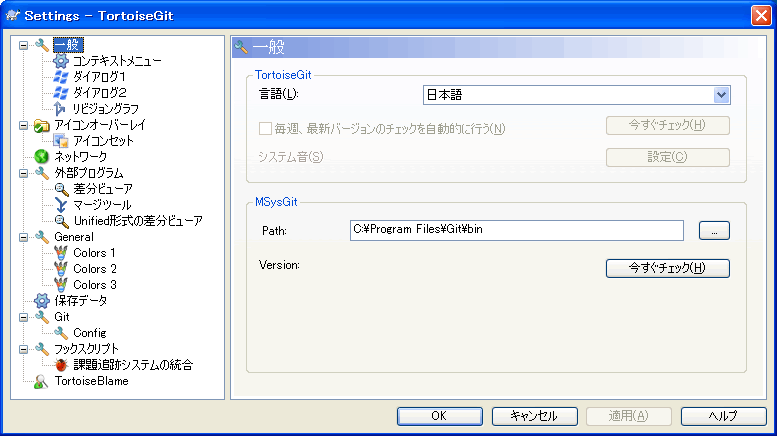
work-tree= Set the path to the working tree. If you just want to run git as if it was started in then use git -C. If you are not at the top-level directory of the working tree, you should tell Git where the top-level of the working tree is, with the -work-tree= option (or GIT_WORK_TREE environment variable) Specifying the location of the ".git" directory using this option (or GIT_DIR environment variable) turns off the repository discovery that tries to find a directory with ".git" subdirectory (which is how the repository and the top-level of the working tree are discovered), and tells Git that you are at the top level of the working tree. It can be an absolute path or relative path to current working directory. This can also be controlled by setting the GIT_DIR environment variable. Set the path to the repository (".git" directory). P, -no-pager Do not pipe Git output into a pager. configuration options (see the "Configuration Mechanism" section below). p, -paginate Pipe all output into less (or if set, $PAGER) if standard output is a terminal. info-path Print the path where the Info files documenting this version of Git are installed and exit. man-path Print the manpath (see man(1)) for the man pages for this version of Git and exit. html-path Print the path, without trailing slash, where Git's HTML documentation is installed and exit. If no path is given, git will print the current setting and then exit. This can also be controlled by setting the GIT_EXEC_PATH environment variable. exec-path Path to wherever your core Git programs are installed. url.insteadOf where the sensitive information can be part of the key. Note that this might add security for variables such as http.extraHeader where the sensitive information is part of the value, but not e.g. That behavior is the default on Linux, but may not be on your system. proc/self/cmdline), but not your environ (e.g. This is useful for cases where you want to pass transitory configuration options to git, but are doing so on OS's where other processes might be able to read your cmdline (e.g. may not contain an equals sign to avoid ambiguity with containing one. It is an error if the does not exist in the environment. Unlike -c there is no shortcut for directly setting the value to an empty string, instead the environment variable itself must be set to the empty string. Like -c =, give configuration variable a value, where is the name of an environment variable from which to retrieve the value. ) sets foo.bar to the empty string which git config -type=bool will convert to false. Including the equals but with an empty value (like git -c foo.bar=. is allowed and sets foo.bar to the boolean true value (just like bar would in a config file). Note that omitting the = in git -c foo.bar. The is expected in the same format as listed by git config (subkeys separated by dots). The value given will override values from configuration files. Pass a configuration parameter to the command. Git -git-dir=c/a.git -work-tree=c/b status -c = For example the following invocations are equivalent: git -git-dir=a.git -work-tree=b -C c status This option affects options that expect path name like -git-dir and -work-tree in that their interpretations of the path names would be made relative to the working directory caused by the -C option. C "", then the current working directory is left unchanged. When multiple -C options are given, each subsequent non-absolute -C is interpreted relative to the preceding -C.

Run as if git was started in instead of the current working directory.

See the section called “git-help(1)” for more information, because git -help.
#GIT ANNEX TORTOISE MANUAL#
Other options are available to control how the manual page is displayed. If a Git command is named this option will bring up the manual page for that command. If the option -all or -a is given then all available commands are printed. Prints the synopsis and a list of the most commonly used commands. version Prints the Git suite version that the git program came from.


 0 kommentar(er)
0 kommentar(er)
